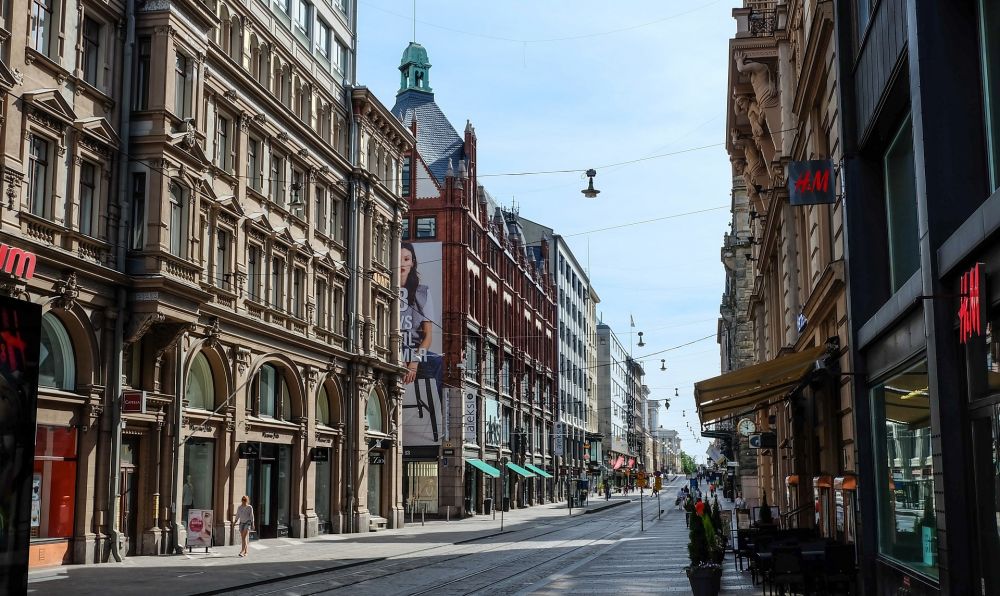BEE helps buildings save 20% in emissions
24 January 2023
What can happen when the energy consumption in buildings is shifted to timeframes when a lot of renewable energy is available? That is the question at the heart of the BEE solution, developed in the context of the AI4Cities. The answer is encouraging. Based on its pilots in Helsinki and Stavanger, the BEE consortium, consisting of Eeenman, Unetiq and the Metropolia University of Applied Sciences, estimates that its solution can save up to 20% in buildings’ energy consumption and emissions.
Currently building managers have little insight into the energy grid and the availability of renewables, because most buildings are controlled by routine or by reactions to basic sensors. As a result energy consumption is linked to demand and not to availability, and little advantage is taken of the unprecedented increase of global renewable energy production.
BEE joined AI4Cities to address this problem. It developed a system that connects buildings to external data from the energy grid, and to the weather forecast, allowing energy consumption to be shifted to timeframes with great availability of renewable energy. For example, knowing that wind production drops in the morning and slowly increases in the afternoon, enables the building to only use the ventilation a little bit in the morning, just to exchange air and provide good air quality. In the afternoon the controls are then put on a higher speed to use the renewable energy as well as possible.
BEE’s dashboard provides a live overview of what is going on inside of a building. By combining that with AI-based proactive control that knows about the weather and the occupancy of the building, and the virtual power plant capabilities of the frequency containment reserve, BEE can help reduced CO2 emissions and stabilise the power grid.
Image (Pixabay) by "Maria Domnina", licensed under Pixabay License
All news
